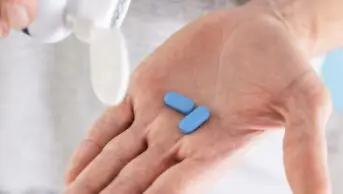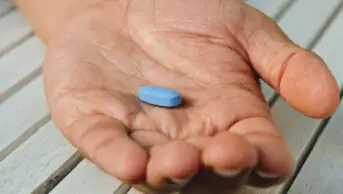A research briefing in the March 2019 issue of Clinical Pharmacist has the headline: ‘Monthly vitamin D dosing does not slow bone loss’. This story refers to a paper in the American Journal of Clinical Nutrition
, which was published on 8 January 2019. The study authors actually suggested that either none of these doses has an effect on bone mineral density, or that they all have the same effect. Therefore, your headline is highly misleading.
In this study, the lowest dose of vitamin D used was 12,000 international units (IU) once a month. The study found simply that higher doses (24,000 or 48,000 IU) did not cause different changes in bone mineral density to the 12,000 IU dose, even though they did further increase vitamin D blood levels. The reference nutrient intake of vitamin D is 400 IU per day, as determined by the UK government’s Scientific Advisory Committee on Nutrition.
A simple calculation tells us that 400 IU for a month of 30 days works out at 12,000 IU for the month. Thus, the lowest dose used in this study will lead to adequate vitamin D levels. It is, therefore, not surprising that taking twice or four times this dose does not cause any extra bone density change. A more useful headline would have been: ‘Excess vitamin D no better than adequate vitamin D for bone density.’
It is also worth remembering that in real-life clinical practice, there is a lot to be said for daily dosing of any vitamin D supplementation. Very large oral doses are likely to be absorbed more variably than smaller doses, especially outside of the controlled conditions of a clinical trial. Large doses administered by intramuscular injection have even more variable bioavailability, since there is no physiological mechanism for transporting this fat-soluble vitamin out of skeletal muscle.
Brian Curwain, independent consultant to the NHS and pharmaceutical industry
Julia Robinson, clinical and science editor at The Pharmaceutical Journal, said:
“Dear Brian. Thank you for your correspondence — unfortunately it is difficult to include all of the information in print headlines; however, we have altered the headline of the online version of the story to better reflect the study.”


